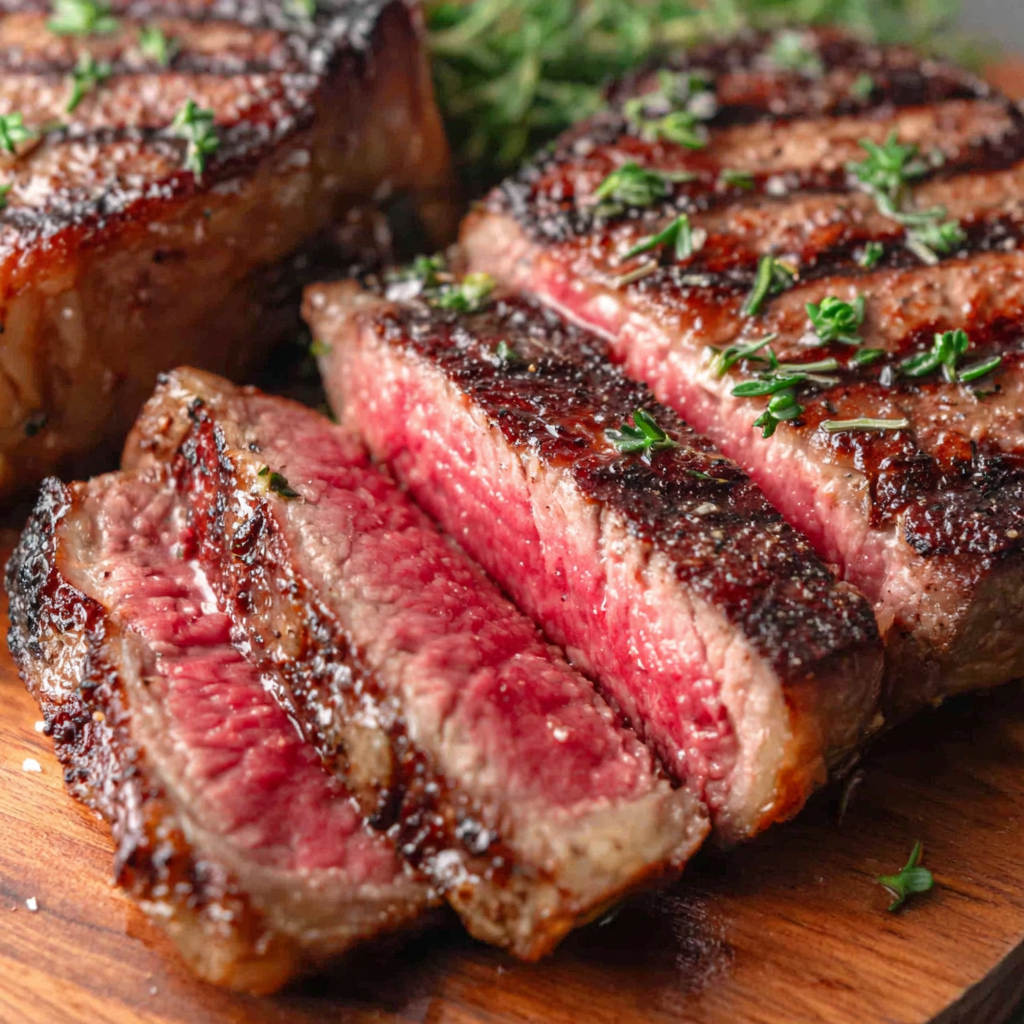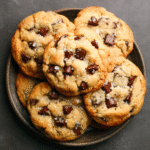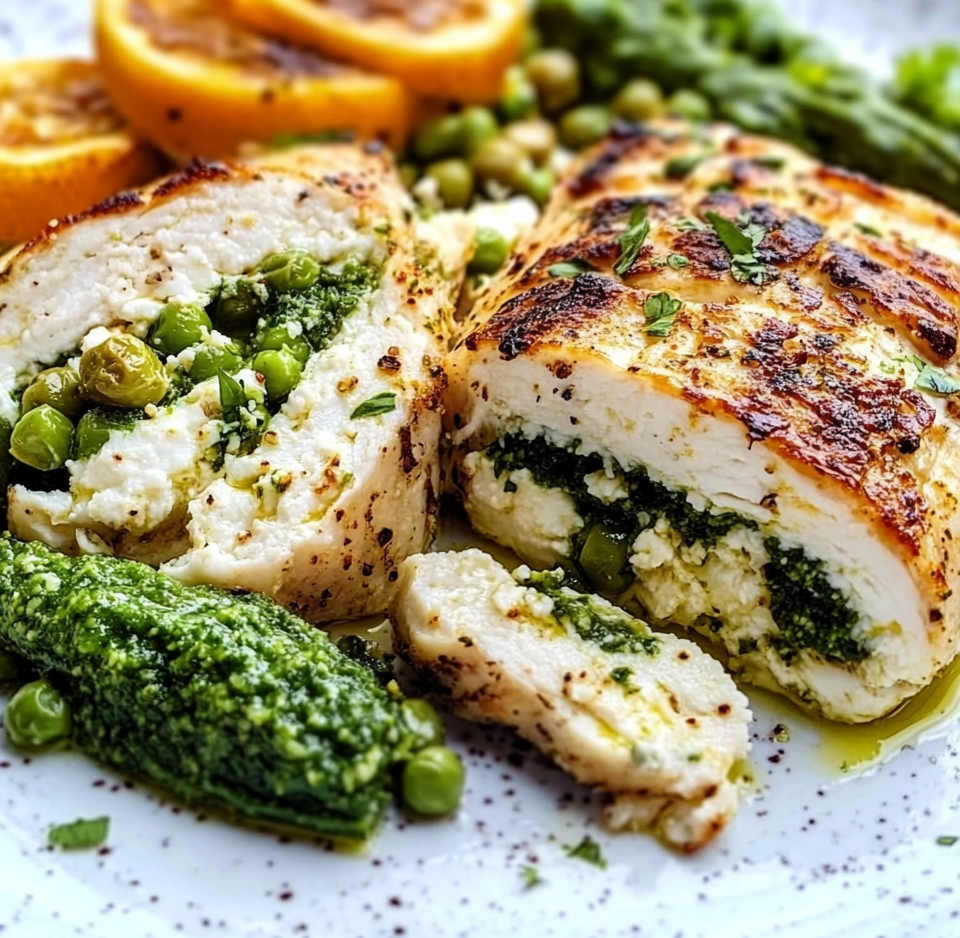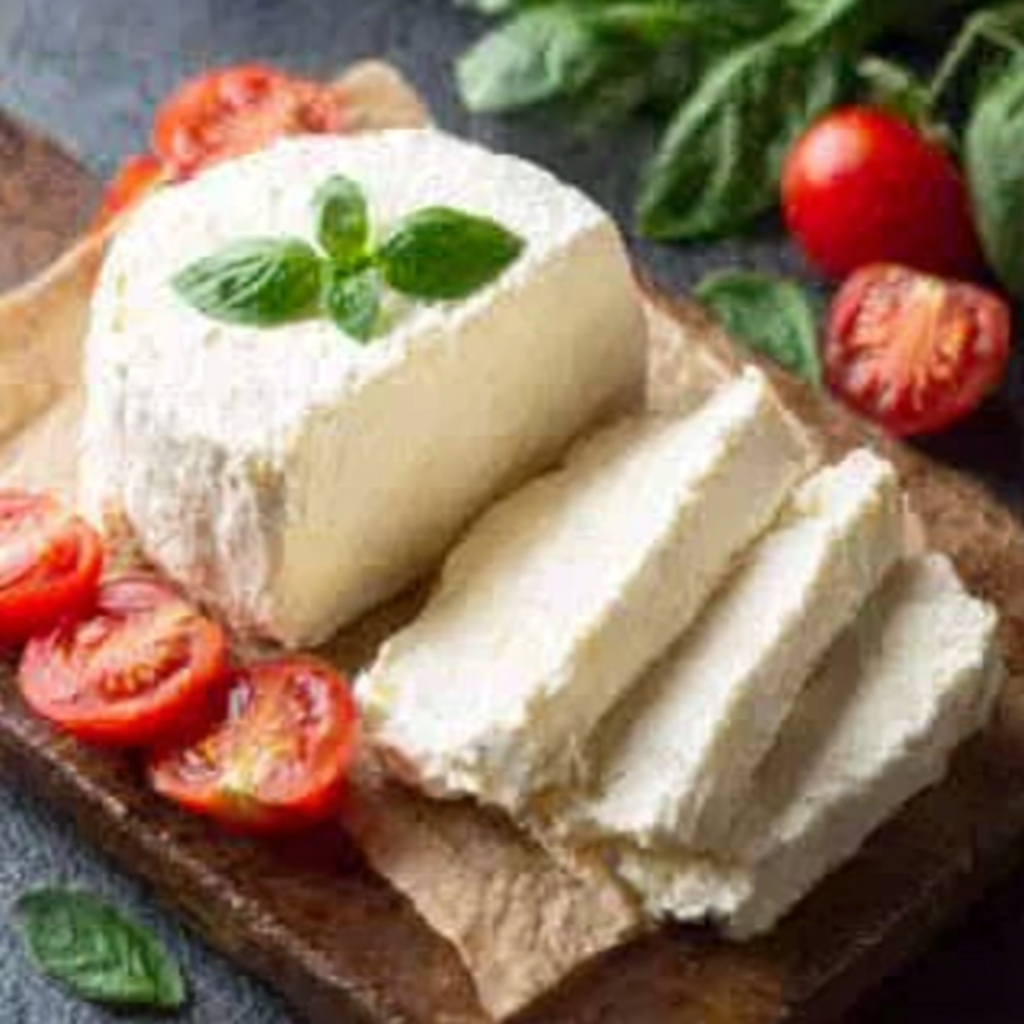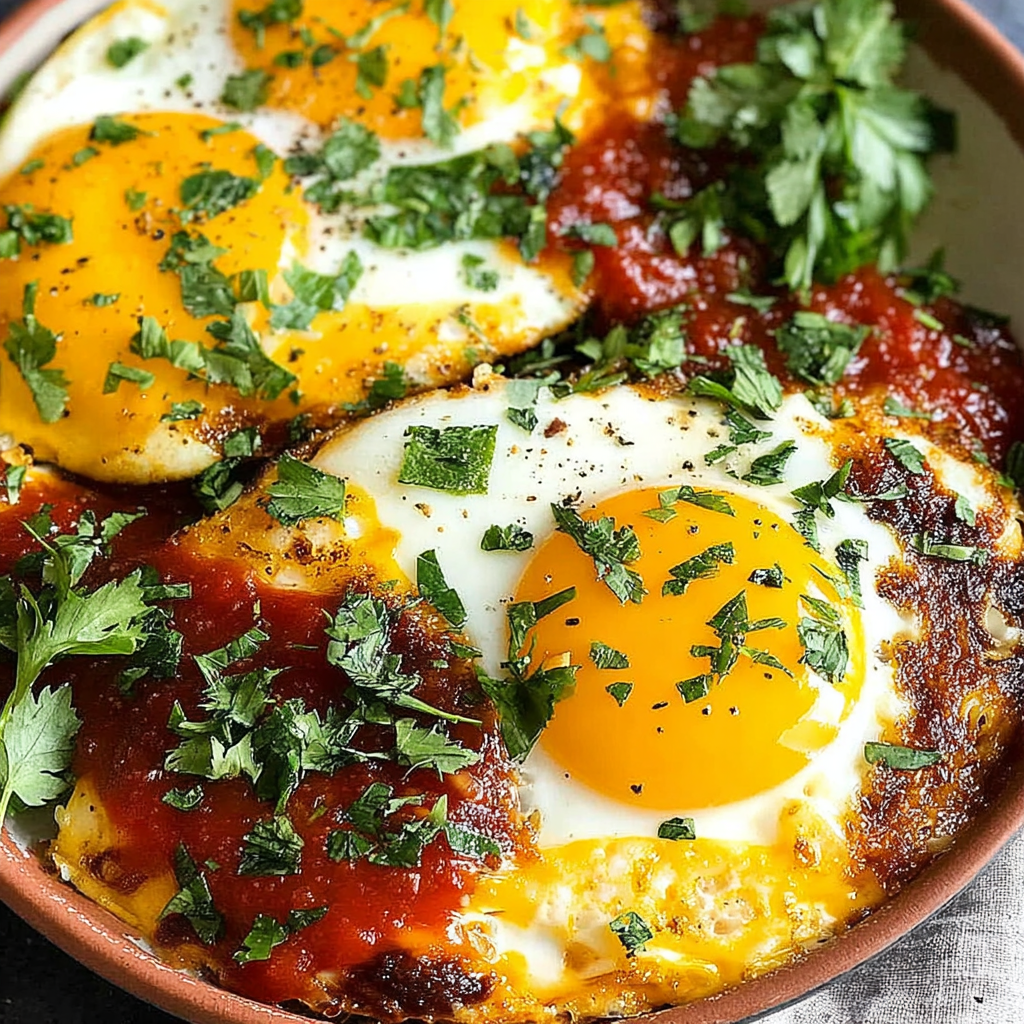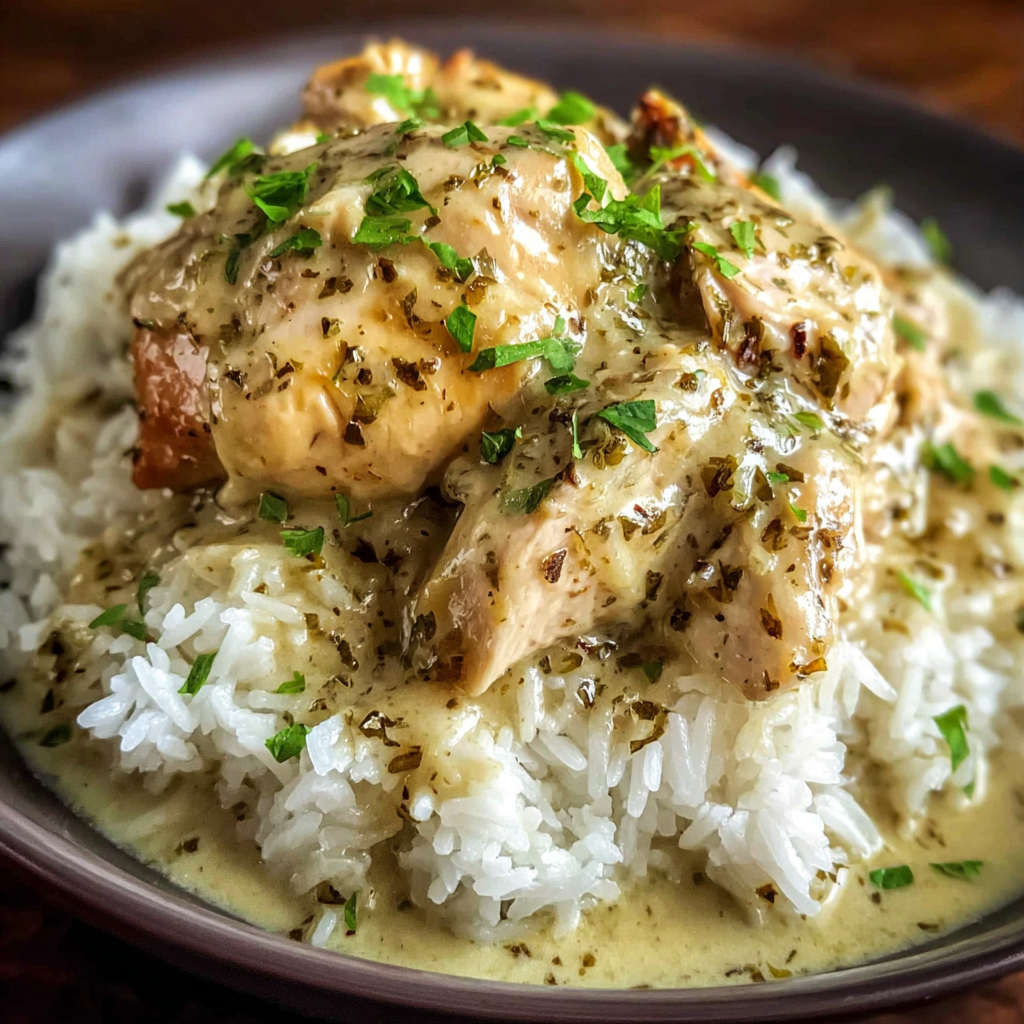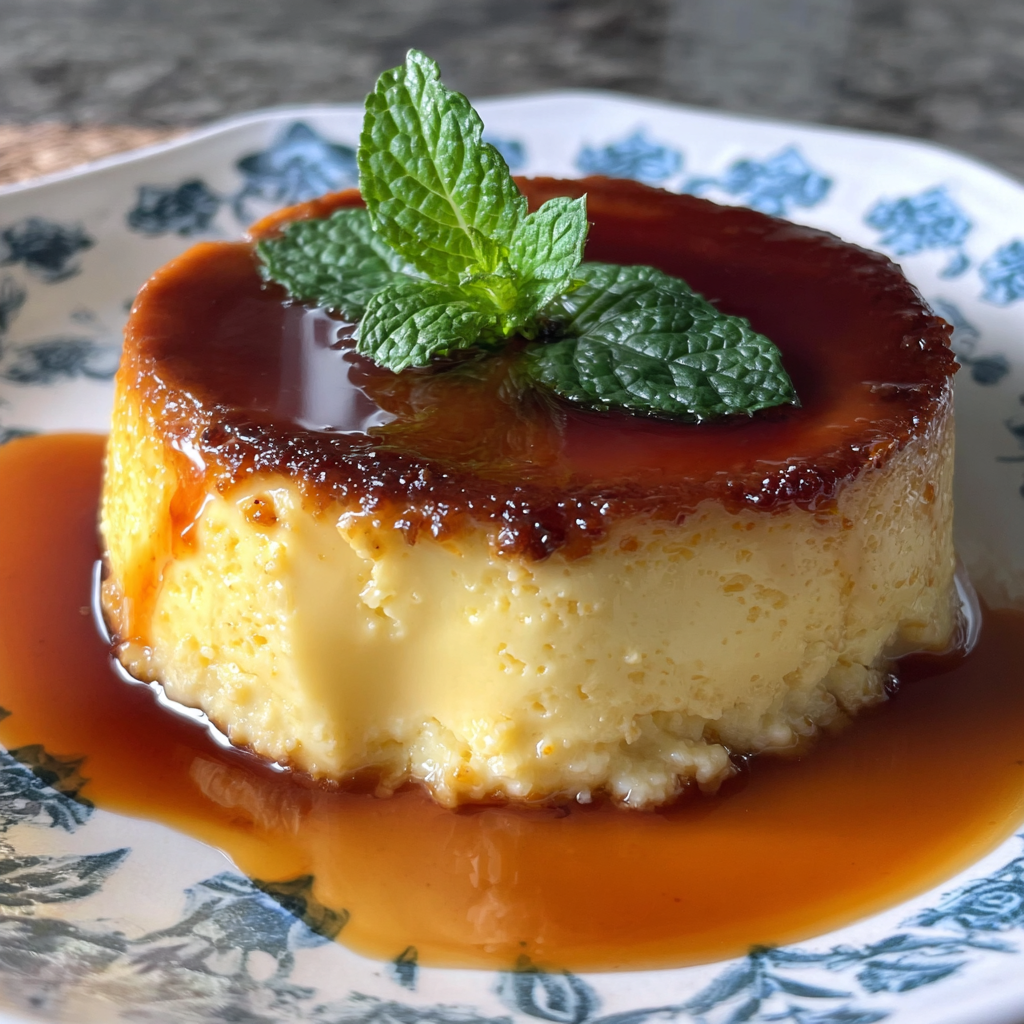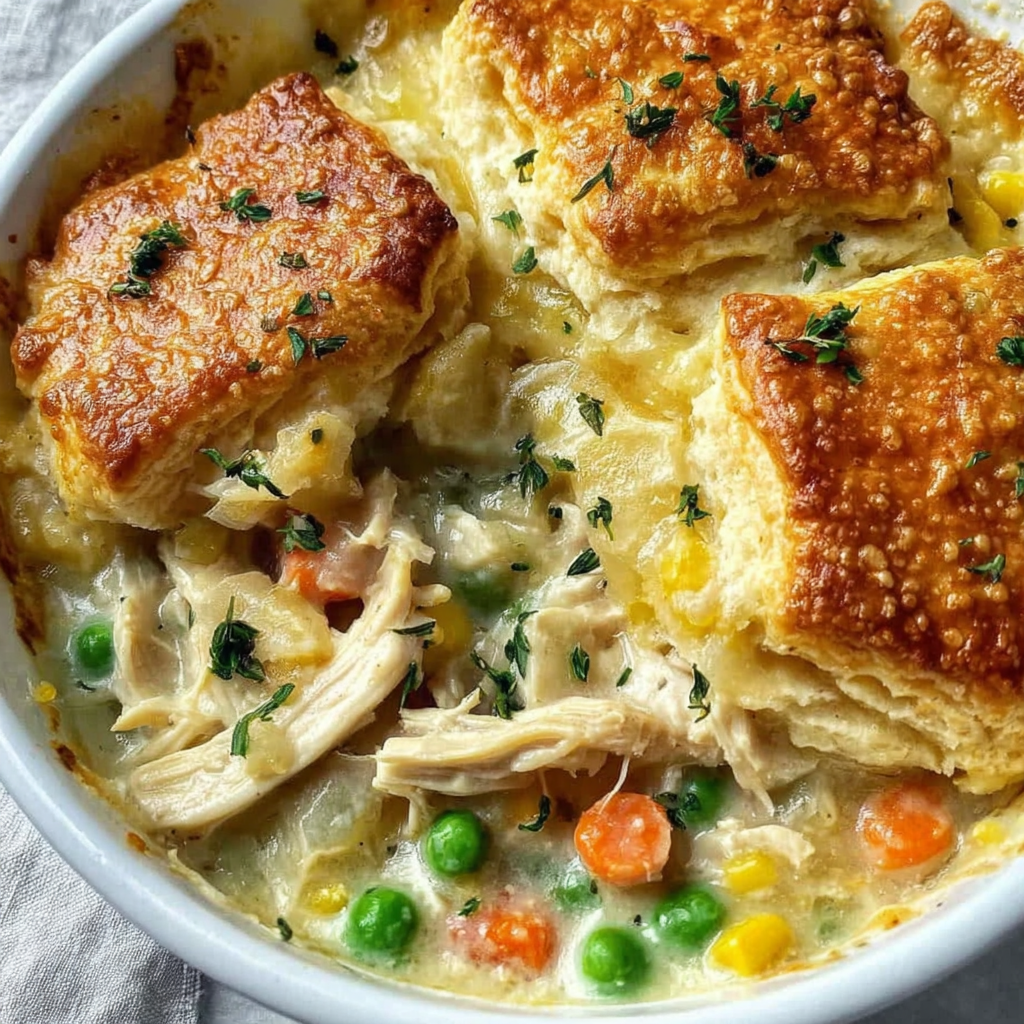Introduction
Ribeye steak is a cut renowned for its rich marbling and succulent flavor, making it a favorite among steak enthusiasts. When cooked properly, it boasts a tender texture that practically melts in your mouth. Whether you're preparing for a special occasion or simply indulging on a weeknight, ribeye elevates any meal to gourmet status.
What sets ribeye apart is not just its lavish taste but also its versatility. Grilling, pan-searing, or broiling all produce exceptional results, allowing home cooks to experiment with techniques that suit their preferences. This article will walk you through creating an unforgettable ribeye steak that highlights its natural juiciness.
Ingredients
- 2 ribeye steaks, each 1 inch thick
- 2 tablespoons olive oil
- 2 teaspoons kosher salt
- 1 teaspoon freshly ground black pepper
- 2 teaspoons garlic powder
- 1 teaspoon fresh rosemary, chopped
- 1 teaspoon fresh thyme, chopped
- Butter, for finishing (optional)
Directions & Preparation
- Remove the ribeye steaks from the refrigerator and allow them to come to room temperature, about 30 minutes before cooking.
- Pat the steaks dry with paper towels to enhance browning and reduce moisture on the surface.
- In a small bowl, mix together the olive oil, kosher salt, black pepper, garlic powder, rosemary, and thyme to create a marinade.
- Rub the marinade generously over both sides of the steaks, ensuring an even coating.
- Preheat your grill or skillet over medium-high heat until hot. If using a grill, ensure the grates are clean and well-oiled.
- Place the steaks on the grill or skillet, avoiding overcrowding for even cooking. Sear for 4 to 5 minutes without moving them to develop a good crust.
- Flip the steaks and cook for an additional 4 to 5 minutes for medium-rare, adjusting the time based on your desired doneness.
- If using butter, add a tablespoon on top of each steak in the last minute of cooking for extra flavor.
- Remove the steaks from the heat and let them rest for 5 to 10 minutes before slicing—this allows the juices to redistribute.
- Slice against the grain and serve with your choice of sides or sauces.

FAQs
What is the best way to tell if my ribeye is cooked to the desired doneness?
Use a meat thermometer to check the internal temperature: 130°F for medium-rare, 140°F for medium, and 150°F for medium-well.
What can I do if my ribeye turns out too tough?
Ensure you let the steak rest after cooking to allow the juices to redistribute. Additionally, slicing against the grain can help make it more tender.
Can I marinate the ribeye overnight?
Yes, marinating the ribeye overnight can enhance the flavor, but keep the salt content in mind to avoid drawing out too much moisture.
What is the difference between ribeye and other cuts of beef?
Ribeye has more marbling and fat content, giving it a richer flavor and juicy texture compared to leaner cuts like sirloin or filet mignon.
Is it better to grill or pan-sear ribeye steak?
Both methods yield delicious results; grilling imparts a smoky flavor, while pan-searing can create a beautiful crust with the option to add butter.
How can I adjust the seasoning for my ribeye steak?
Feel free to add spices or herbs according to your taste. Smoked paprika or cumin can add a unique twist to the flavor profile.
What if I want to cook more than two ribeye steaks at once?
Ensure there's enough space on the grill or skillet for even cooking; if necessary, cook in batches.
Can I use frozen ribeye, or should I buy fresh?
While fresh is preferred, you can use frozen ribeye. Just ensure it's fully thawed and brought back to room temperature before cooking.
Conclusion
Cooking ribeye steak at home can be a rewarding experience that impresses guests and makes everyday meals special. With just a few quality ingredients and attention to detail, you can replicate that steakhouse quality right in your kitchen.
So fire up your grill or heat your skillet, and enjoy the succulence of a perfectly cooked ribeye. There’s nothing quite like it, and once you’ve mastered this steak, you’ll be inspired to explore other cuts and flavors.
Recipe Card
Classic Soft Chocolate Chip Cookies Recipe That Delivers
Ingredients
- 2 1/4 cups all-purpose flour
- 1 teaspoon baking soda
- 1 teaspoon salt
- 1 cup unsalted butter softened
- 3/4 cup granulated sugar
- 3/4 cup packed brown sugar
- 1 teaspoon vanilla extract
- 2 large eggs
- 2 cups semi-sweet chocolate chips
Instructions
- Preheat the oven to 350°F (175°C).
- In a medium bowl, whisk together the flour, baking soda, and salt.
- In a large bowl, cream together the softened butter, granulated sugar, and brown sugar until light and fluffy.
- Beat in the eggs one at a time, then stir in the vanilla.
- Gradually blend in the dry ingredients until just combined.
- Gently fold in the chocolate chips.
- Drop by rounded tablespoons onto ungreased baking sheets, spacing them about 2 inches apart.
- Bake for 9-11 minutes, or until the edges are lightly golden.
- Let the cookies cool on the baking sheet for 5 minutes before transferring to a wire rack.
Notes
Additional serving suggestions: pair with a crisp salad, garlic bread, or roasted seasonal vegetables for balance.
For make-ahead, prep components separately and assemble just before heating to preserve texture.
Taste and adjust with acid (lemon/vinegar) and salt right at the end to wake up flavors.
